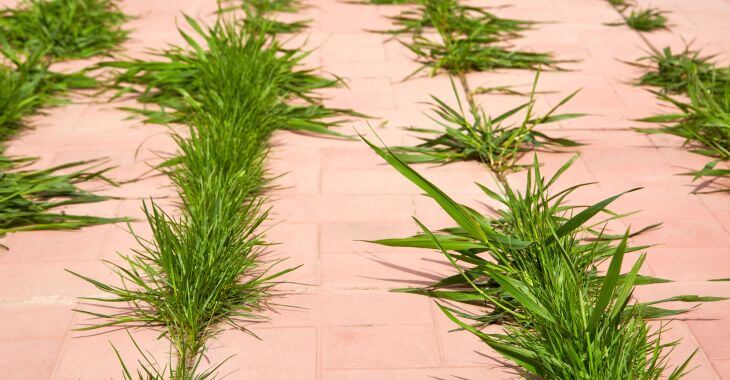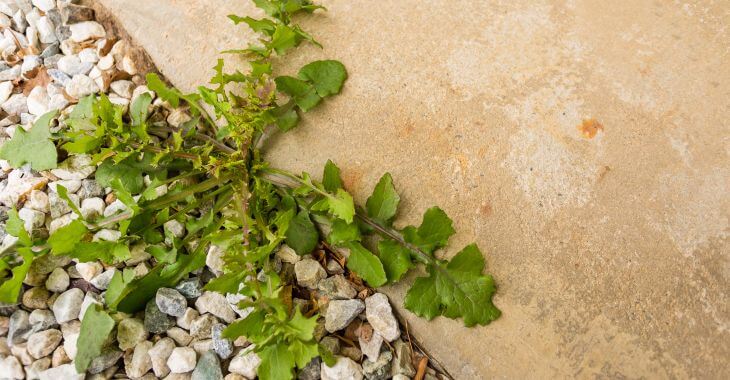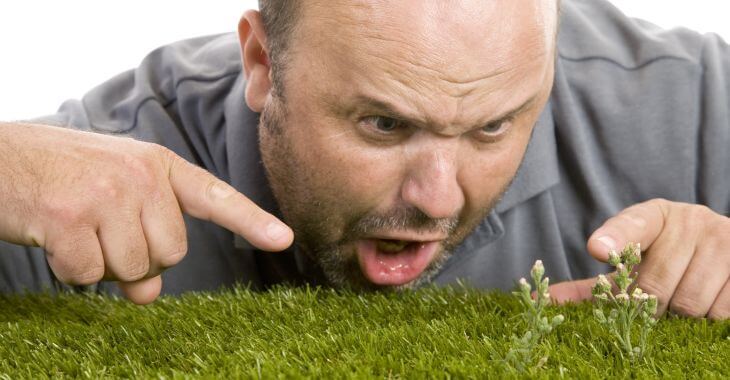How to Kill Quackgrass and Crabgrass

Maintaining a beautiful lawn is tough work, especially when weeds continually try to invade your lawn. Two of the most invasive weeds for lawns are quackgrass and crabgrass – if your lawn becomes infested with these weeds, they can quickly take over your yard. Both weeds are difficult to eradicate without harming your grass and other plants. If you want to know how to kill quackgrass and crabgrass, here are some tips to remove these weeds from your lawn.
What Is Quack Grass?
Quack grass is a cool season grass or weed that is common in the northern or cooler states. It can resemble crabgrass or fescue, growing in clumps and tending to grow taller and faster than regular lawn grasses or turfgrasses. What makes quack grass spread so quickly is its use of rhizomes. These underground runners spread the weed and release chemicals that can kill the surrounding grass or plants. This double threat makes quack grass very proficient in taking over lawns and killing turfgrass.
How to Kill Quackgrass
One of the main problems of killing quackgrass is that you cannot simply spray herbicide on your lawn to kill this weed. Quackgrass closely resembles turfgrass in its genetic makeup, so selective herbicides will not kill this weed. To remove quackgrass from your lawn, it will take multiple steps, and even more perseverance to keep it out of your lawn.
- Remove Quackgrass Clumps by Hand
- If you only have a sprinkling of quackgrass throughout your lawn, you should first remove these clumps by hand. Pull out the clumps and put them into a bag to avoid spreading their seeds. When possible, dig up the roots to prevent the rhizomes from spreading underground.
- Treat the Areas with Herbicide
- There is not a selective herbicide for quackgrass, but you can use a non-selective herbicide for killing grass to treat the areas where quackgrass clumps were removed. If you have a severe infestation, you can spray herbicide on the flourishing quackgrass throughout the yard. Keep in mind that non-selective herbicide will kill other grass and plants nearby. Re-treat the area after one week.
- Clear and Reseed the Area
- Once the quackgrass is gone, remove the dead plants and reseed the bare spots. Make sure these areas are well-watered and fertilized to allow the grass seeds to sprout and flourish quickly, to ensure other weeds do not take hold.
What Does Crabgrass Look Like?
Crabgrass is a low-lying weed that is aggressive and quick-growing. The weed grows in clumps like quack grass, with stems and blades that radiate from the clump like legs, giving it a “crab” appearance. Crabgrass is an annual weed which flourishes in dry, hot climates – when other grasses are dying in the heat, crabgrass can take over a lawn. Crabgrass does die each year in the fall, but each plant will create thousands of seeds to return the following spring.
How to Kill Crabgrass
Unlike quackgrass, you can use herbicide to kill crabgrass. You can also remove clumps by hand. The most effective method is removing the weeds by hand first, deposing of them in a bag to deter seeds from spreading. Then treat your lawn with a selective herbicide for crabgrass, spraying the spots where clumps were removed. After the weeds are completely gone, make sure to reseed any bare spots to ensure other weeds do not grow in the available soil.

Prevention of Quackgrass and Crabgrass
Once you kill the weeds in your yard, the best way to keep your lawn weed-free is to nourish your grass. A healthy lawn that is thriving will have a solid root system that can keep weeds at bay. Fertilizing your lawn to keep the soil rich and deep watering as needed will give your grass the nourishment it needs. Mowing at a higher level provides shade to the soil to prevent new weeds from growing. It can be beneficial to leave grass clippings on your lawn to prevent weed seeds from reaching the soil.
Since quackgrass and crabgrass are intrusive and difficult to kill, you want to be vigilant in keeping these weeds out of your yard. Once you have removed the existing clumps of weeds and reseeded your yard, do periodic checks for any signs of new sprouts. Pulling weeds before they can grow deep roots or seeds can prevent new infestations – always reseed bare spots where weeds are removed with turfgrass to stop weeds from finding a place in your lawn to grow.
Weeds can choke out your turfgrass and ruin your lawn. To maintain a crabgrass and quackgrass-free lawn, make sure to keep your grass healthy. Talk to your local landscaper about fertilizing, aerating, weed control and other lawn maintenance to help your lawn thrive while keeping invasive weeds like quack grass and crabgrass out of your yard.
